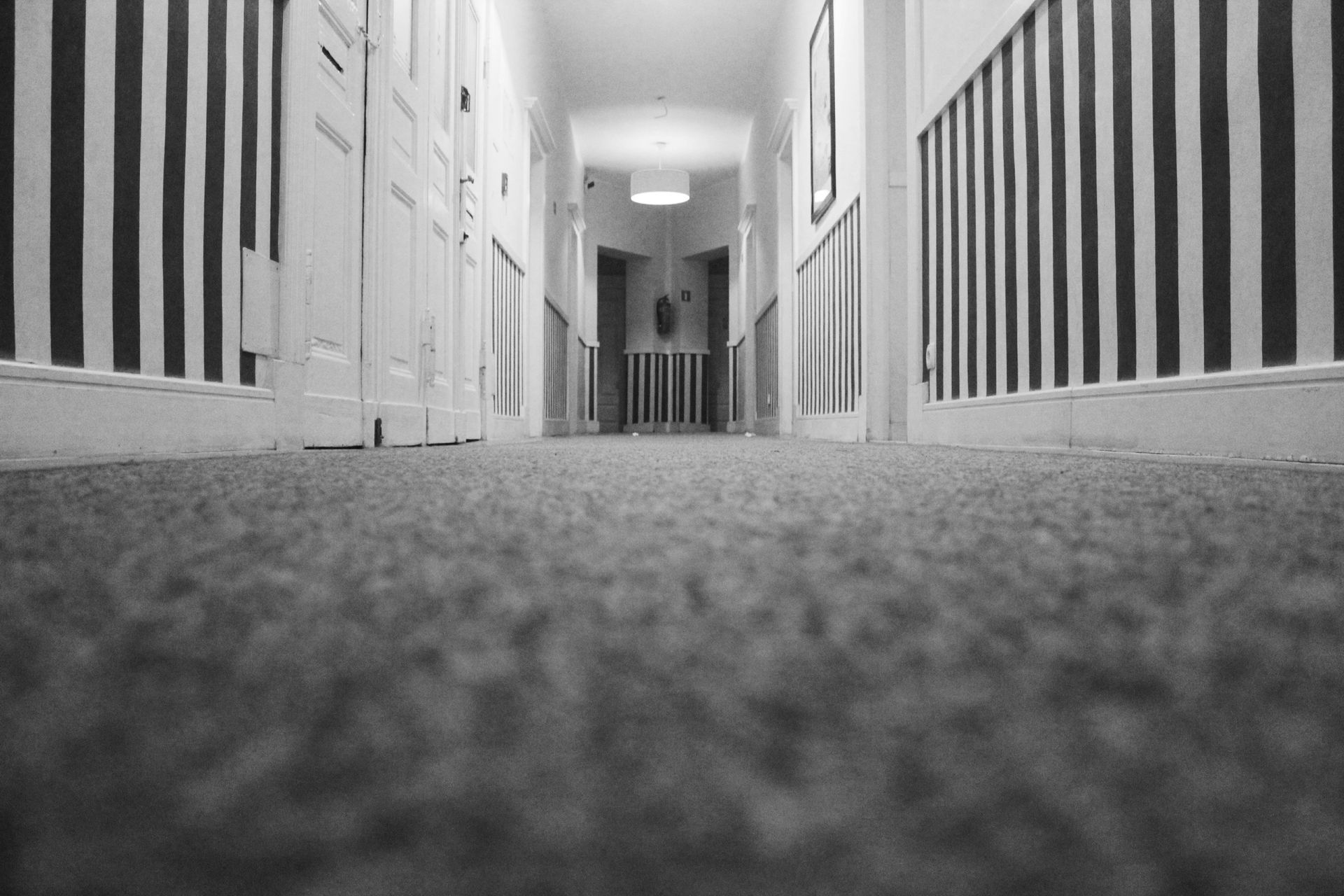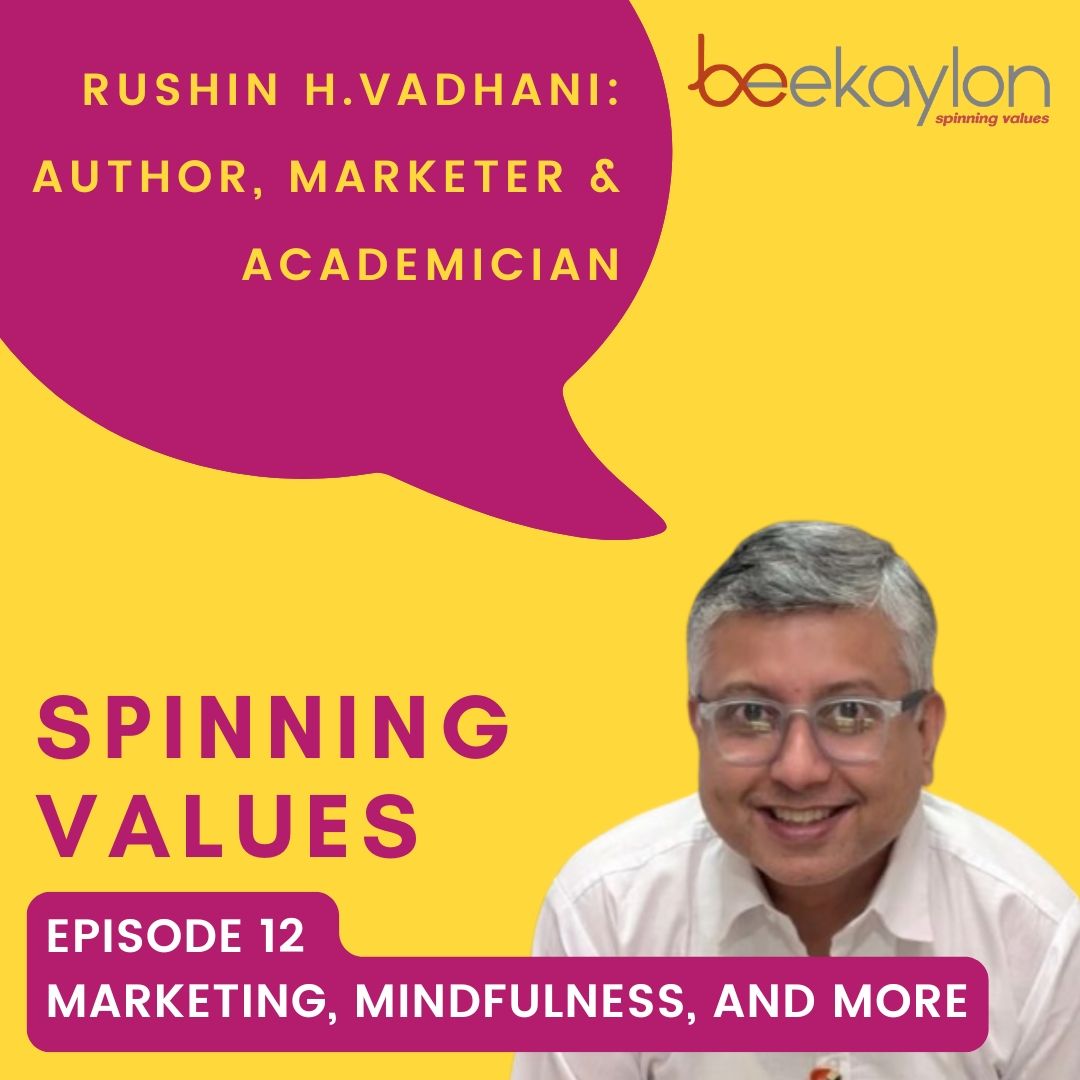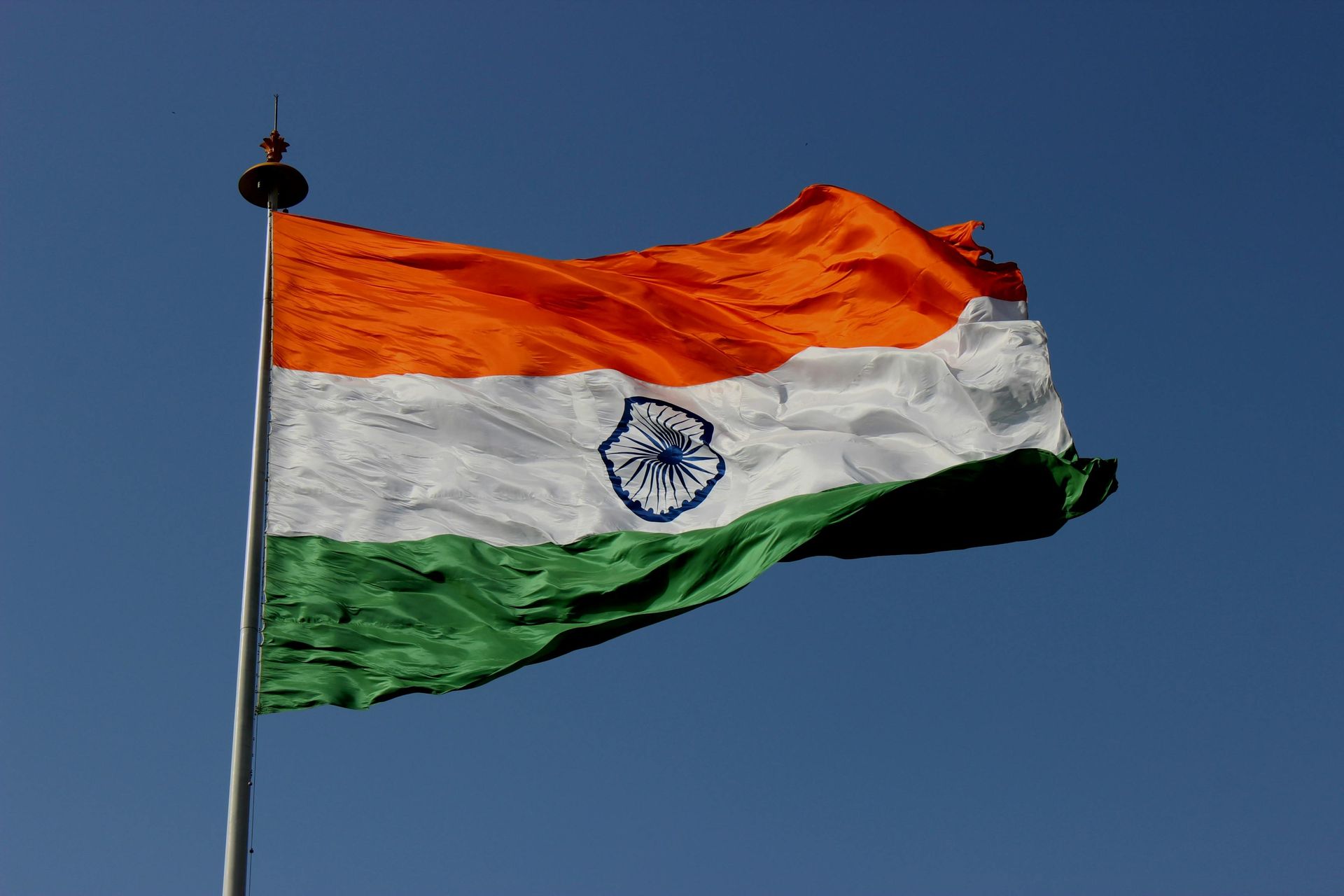BCF Polyester Yarns in Carpets and Upholstery: A Complete Buyer’s Guide
Carpets and upholstery fabrics are often judged by their aesthetic appeal, comfort, and longevity. Behind the scenes, the choice of yarn plays a major role in determining performance, durability, and cost effectiveness. Bulk Continuous Filament or BCF polyester yarns have become a key material for manufacturers of carpets, rugs, and upholstery. This guide explains what BCF polyester yarns are, why they are used in carpets and upholstery, what buyers should look for, and how sustainability, certifications, and emerging trends are shaping the market.

1. Understanding Polyester Yarn and BCF Technology
What is Polyester Yarn?
Polyester yarn is typically made from polyethylene terephthalate PET and is a synthetic filament or staple fibre widely used across textiles. It is valued for strength, colorfastness, stain resistance, and cost effectiveness. In interior textiles polyester is engineered to meet requirements for longevity and appearance retention.
What is BCF Yarn?
BCF stands for Bulk Continuous Filament. BCF yarn is produced by extruding polymer melt into continuous filaments, texturising or bulking them, and winding them into packages ready for tufting or weaving. Continuous filaments provide uniformity and long term resilience compared to staple yarns. Key features of BCF yarn include volume which contributes to the plush or full look of carpets and upholstery, continuous filaments which reduce shedding and pilling, and production flexibility in denier filament count and dyeing methods including solution dyed or conventional dyeing.
2. Why BCF Polyester Yarns Matter in Carpets
Performance Requirements for Carpet Face Yarns
Carpets must withstand foot traffic, maintain appearance over years, resist crushing or matting, manage stains and fading, and in some segments meet fire or VOC safety standards. BCF polyester yarns meet many of these requirements and are used extensively in residential, commercial, hospitality, and automotive flooring.
Advantages of Polyester BCF Yarns
Durability and Resilience: BCF polyester offers good abrasion resistance and maintains structure under traffic. Appearance and Colour Options: Polyester supports bright colours and solution dyeing for superior colour retention. Cost benefit: Polyester BCF often costs less than nylon while providing acceptable performance for many applications. Sustainability Potential: Recycled polyester rPET is increasingly used for BCF yarns, supporting circular economy goals.
| Material | Strength & Resilience | Stain and Soil Resistance | Cost | Common Use Case | Notes |
|---|---|---|---|---|---|
| Nylon PA6 or PA66 | High | Moderate, often requires treatment | High | Commercial and high traffic | Top performance but costlier |
| Polyester PET | Good | Inherent good, especially when solution dyed | Moderate | Residential, commercial, automotive | Balanced performance and cost |
| Polypropylene PP | Moderate to good | Excellent for moisture and stain resistance | Lowest | Outdoor and low cost products | Lower resilience than nylon |
3. Polyester Yarns in Upholstery Fabrics
Upholstery applications require abrasion resistance appearance retention stain resistance blend compatibility and comfort. Polyester filament and textured yarns including bulked yarns play a significant role in seating for residential hospitality and automotive markets. Buyers should consider denier and bulk which affect drape and texture functional finishes such as antimicrobial easy clean and flame retardant and colourfastness and lightfastness depending on exposure.
4. Sustainability Certifications and Quality
Sustainability Moves
The shift toward recycled polyester rPET and mono polymer carpet systems is gaining momentum. Buyers should ask what percentage of recycled content is used whether the yarn is solution dyed and whether the carpet system is designed for recyclability. Traceability and third party accreditation including GRS and Oeko Tex help validate sustainability claims.
Key Certifications and Standards
Oeko Tex for chemical safety, GRS Global Recycled Standard for recycled content, ISO 9001 and ISO 14001 for management systems, local standards such as BIS in India and automotive specifications for interior VOC testing and abrasion should be considered when specifying yarns for performance critical applications.
5. Beekaylon's Expertise in BCF Polyester Yarn
At Beekaylon innovation in Bulk Continuous Filament BCF polyester yarns is a cornerstone of our commitment to quality and performance. Our BCF yarns are engineered to deliver exceptional bulk resilience and colorfastness making them ideal for carpets rugs and upholstery applications that demand both aesthetic appeal and long term durability. With a fully integrated manufacturing setup and stringent quality assurance protocols Beekaylon ensures consistent yarn performance across dyeability softness and texture. Whether for residential flooring automotive interiors or contract furnishing our BCF range combines strength sustainability and design flexibility helping customers achieve superior end product performance while reducing environmental impact.
6. Buyer Checklist: What to Look for When Choosing BCF Polyester Yarns
- Denier and filament count to determine yarn thickness and feel
- Yarn bulk and texturising which influence plushness and resilience
- Dyeing method solution dyed yarns provide better colourfastness and lower environmental footprint
- Colourfastness and lightfastness for upholstery and carpets exposed to light
- Abrasion and wear performance confirm with Martindale Taber or tuft bind tests
- Pile structure and compatibility with intended carpet construction
- Functional finishes antimicrobial flame retardant stain resistant or UV resistant
- Supplier testing and certifications including third party EPD or GRS
- Sustainability and traceability percentage recycled content and end of life considerations
- Supply chain reliability consistent denier colour and timely delivery
7. Emerging Trends and Future Outlook
Market Growth and Dynamics
The global BCF yarn market is projected to grow driven by demand in residential and commercial interiors. Polyester is expected to witness strong growth among polymers due to its balance of performance and cost. Sustainability and circular economy practices along with product innovations are influencing buyer decisions.
Innovation in Yarn Design and Functionality
New BCF yarn systems enable structured colours tri colour effects and textured surfaces that expand design possibilities. Yarn systems with built in functionality such as antimicrobial or flame retardant properties are gaining traction especially in hospitality automotive and healthcare sectors. Digital design and smart textiles may further influence yarn selection in the coming years.
Conclusion
Selecting the right yarn is fundamental to the performance appearance and sustainability of carpets and upholstery. BCF polyester yarns offer a strong combination of resilience design versatility and potential for recycled content which makes them suitable for a wide range of interior applications.
Sources and References
- Oerlikon Barmag. Carpet BCF insights and technical resources.
- Textile World. Advances in BCF yarn technology.
- Fibre2Fashion. Polyester in home textiles market overview.
- Globethread Canada. Carpet yarn portfolio and comparisons.
- Environmental Product Declarations registry. EPD and recycled BCF examples.
- Carpet and Rug Institute. Material and performance standards.
- Lucintel. Bulk continuous filament yarn market outlook.



